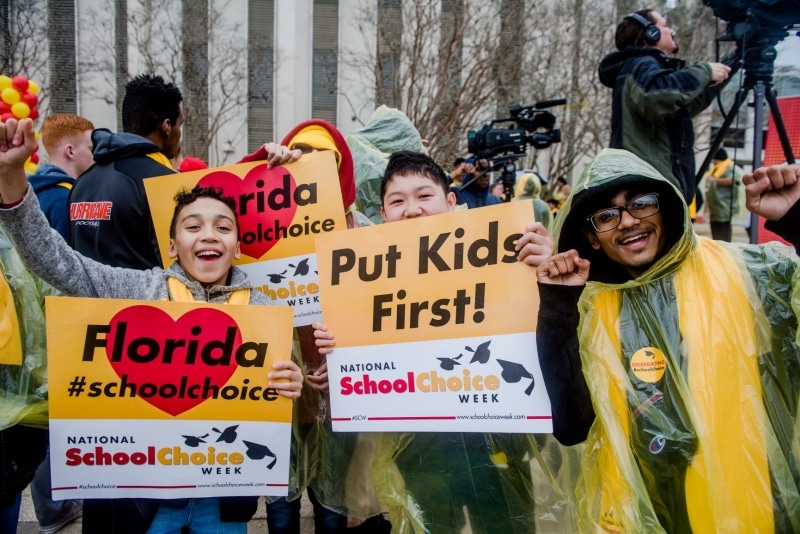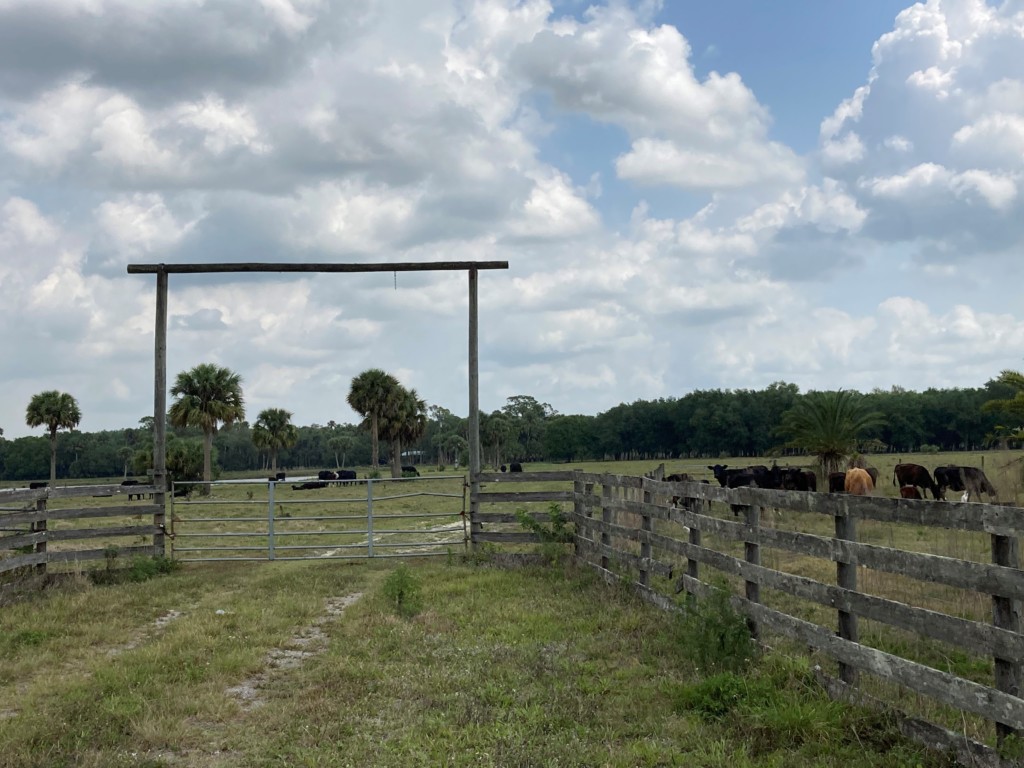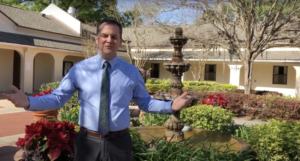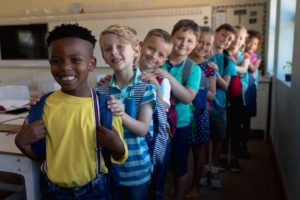Yes, school choice works in rural areas
(reimaginED) – For school choice opponents across America who say school choice can’t work in rural areas, say hi to Hope Rural School!
Hope Rural School is a PreK-5 Catholic school in…

(reimaginED) – For school choice opponents across America who say school choice can’t work in rural areas, say hi to Hope Rural School!
Hope Rural School is a PreK-5 Catholic school in Indiantown, Florida, population 6,560. Virtually all its 135 students use school choice scholarships.
“This is rural America,” said the school director, Sister Elizabeth Dunn. “Go two minutes that way and you’ll find cows.”
She’s right. That way, cows. That way, corn. A sea of sugar cane past that.
Most of the students are children of agricultural workers. Ninety-eight percent are of Mexican, Guatemalan, or Haitian descent.
They and their families love this school.
Small classes. Bilingual teachers. A faith component they can’t get in public schools.
Hope Rural School is oriented to their needs.

Hope Rural School is among 119 private schools in Florida’s rural counties. More schools are being cultivated thanks to choice and innovation.
There are classes for parents, on everything from nutrition and household budgeting to how to help their kids with homework. There’s a community garden where families hold cookouts. For alum who go to college, there’s a fund that pays for textbooks and chips in $1,000 every semester.
For most of its 42 years, Hope Rural School thrived on philanthropy. But the pandemic showed how vulnerable fundraising can be. So the school went all in on choice scholarships.
Hope Rural School isn’t an anomaly.
The U.S. Census defines 30 Florida counties as rural. According to the most recent state statistics, those 30 counties have:
- 10,184 private school students.
- 10,326 home school students.
- 5,085 charter school students.
Private school choice is valued in those counties. According to the most recent stats from the state and Step Up For Students (the nonprofit that hosts this blog), those counties have:
- 6,991 students using income-based scholarships, up 83% from five years ago.
- 885 students using private school scholarships for students with disabilities.
This shouldn’t be surprising. A 2017 Brookings report found 69% of rural families live within 10 miles of a private school. That’s higher than the percentage of rural families living within 10 miles of a charter school (17%) or a school accessible via intradistrict choice (60%). That’s just below the 74% living within 10 miles of a school accessible via interdistrict choice.
Florida’s rural counties have 119 private schools. Thanks to choice and innovation, more are being cultivated.
Like this one.
And this one.
Both were founded by former public school teachers.
So was this wonderful new home school co-op in Williston. Home of the Central Florida Peanut Festival. Population 2,735.
Education savings accounts are taking root in rural Florida too.
This year there are 731 students with special needs using ESAs in those 30 rural counties. That’s up 25% from last year. Expect that number to more than double this fall, as Florida’s school choice scholarship for students with disabilities becomes an ESA.
Rural families are especially good at using ESAs to customize their children’s educations. That’s a key takeaway from this new report by Martin Lueken at EdChoice and Michelle Lofton at the University of Georgia.
Given the tools, small town America can innovate with the best of them.
Here’s one example of a rural Florida family using ESAs. They live in LaBelle. Home of the Swamp Cabbage Festival. Population 5,398.
Here’s another. This family lives in Wauchula. Cucumber Capital of the World. Population 4,648.
None of this is public versus private. One of those ESA moms is a former public school teacher and daughter-in-law of the former district superintendent.
Sister Elizabeth said Hope Rural School has a great relationship with the school district. “We don’t compare ourselves. We work together. We value what each other is doing,” she said.
I know some folks still say choice can’t work in rural areas. Like the lawmakers here and here. I’d like to invite them to Florida to see for themselves.
In the meantime, I’ll give the last word to Sister Elizabeth, who kindly allowed me to visit and learn, and offered this polite response:
“I’d tell them it can. Everybody deserves a choice. Everybody deserves a great education.”
“So why not do it?”
This article originally appeared on reimaginED.



